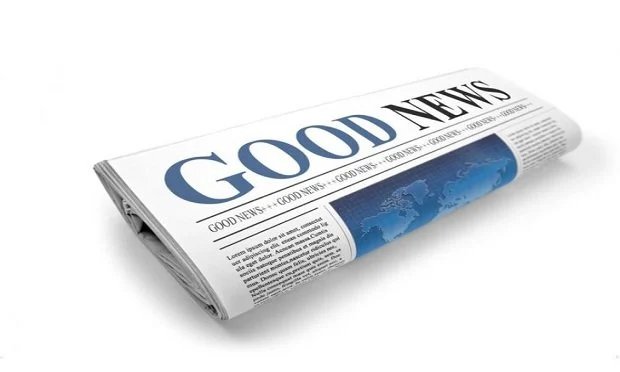Options Available In Ethics Programs
What are the general types of ethical statements your organization could develop, along with their relative strengths and weaknesses? And how do you go about developing such a statement and implementing it day to day?
There are four general types of ethical statements: a Code of Ethics, a Code of Conduct, a Conflict of Interest Agreement, and a Statement of Values. Each is intended to serve the general public by guiding the behavior, methods and manners of communications of those subject to the ethical statements in their long-term and day-to-day activities.
Recommended For You
Want to continue reading?
Become a Free PropertyCasualty360 Digital Reader
Your access to unlimited PropertyCasualty360 content isn’t changing.
Once you are an ALM digital member, you’ll receive:
- Breaking insurance news and analysis, on-site and via our newsletters and custom alerts
- Weekly Insurance Speak podcast featuring exclusive interviews with industry leaders
- Educational webcasts, white papers, and ebooks from industry thought leaders
- Critical converage of the employee benefits and financial advisory markets on our other ALM sites, BenefitsPRO and ThinkAdvisor
Already have an account? Sign In Now
© Touchpoint Markets, All Rights Reserved. Request academic re-use from www.copyright.com. All other uses, submit a request to [email protected]. For more inforrmation visit Asset & Logo Licensing.







